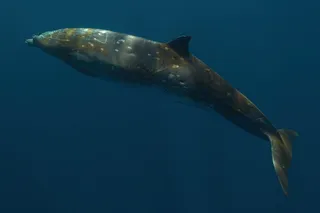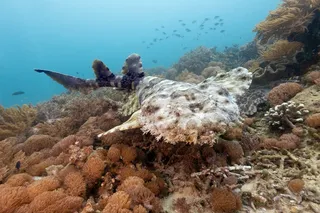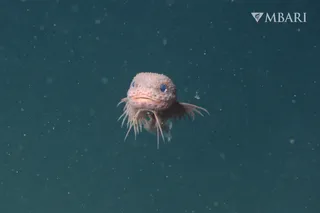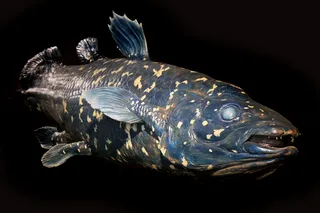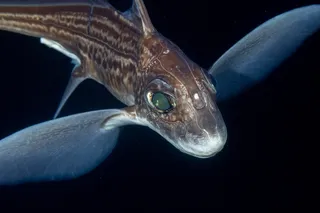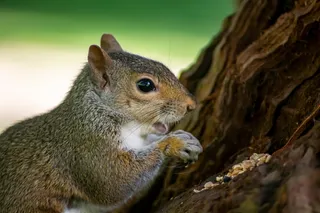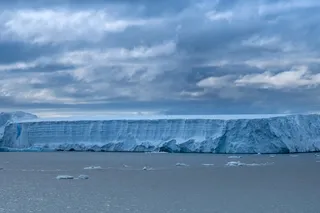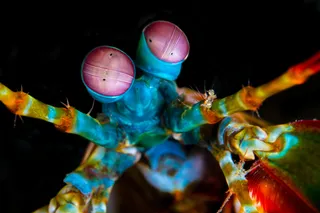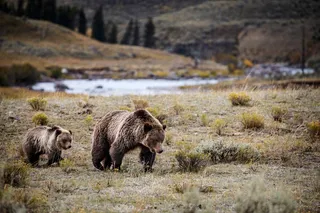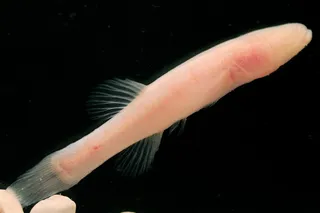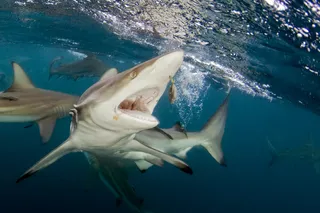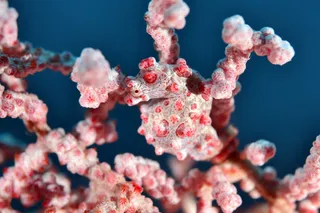Laelaps has an excellent post up, Evolution's Arrow, which you should read. Set some time aside, it is long. I don't know enough about paleontology to comment with great insight on the many of the topics which Laelaps alludes to, and some of them get a bit philosophical for my own taste (that is, issues turn on the interpretation of words), but there is one point which I might assert is somewhat muddy:
...Looking at the hominid evolutionary bush pictured below [see here, it's clear that we are but a single surviving twig of a group that once had a much greater diversity, australopithecines (including the "robust" forms in Paranthropus) seeming to be a much more successful type of hominid even if they are presently extinct. Given that our own species has only been in its modern form for little more than 200,000 years and we are daily poisoning our own well in terms of the global environment, I don't know if we can rightly say that we are any better or worse than any of the related forms that came before. The extinction of so many different hominids begs the question of why they are no longer around to join us if their forms were so good. If so many hominids so close to us could go extinct, doesn't that reflect that evolution is more contingent than directed towards a certain number of forms?
First, regarding the other hominid groups. Certainly some of them had some longevity on their side, but, it is important to note we are considerably more numerous. One could integrate across the time period that these species flourished and sum up total numbers to compare a raw count and use this as an estimator of "success." But as I said, much hinges on words such as successful. But the second point is that I think there is a strong likelihood that other hominids no longer exist because we marginalized them (or absorbed them) through direct competition or destruction of their habitat. Look at what we are doing the other extant homonoids. We are co-opting their ecosystems for our own use, and on occasion we even hunt and consume them. It seems likely that they have been saved so far because they tend to inhabit biomes which our species has exploited to a lesser degree until recently. This emphasizes the fact that adaptation and response to other organisms, evolution's arms race, is a critical parameter which expands the scope of the discussion beyond the interface of the environment and the phenotype of a given species.


